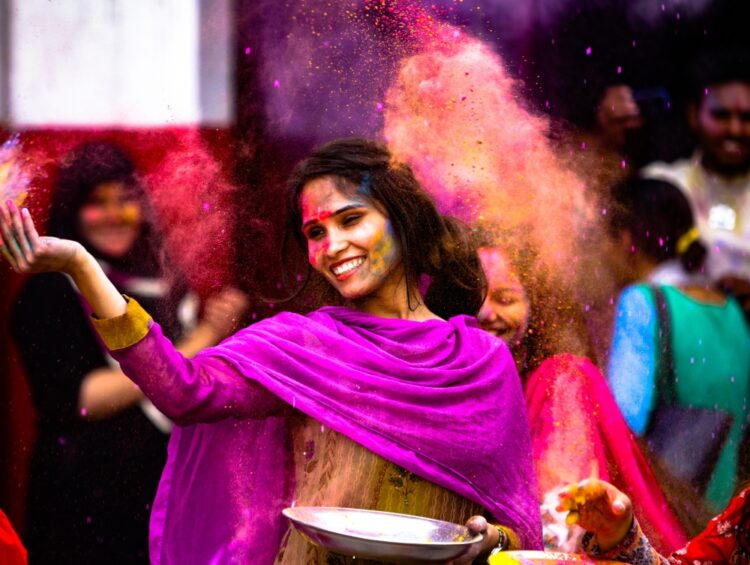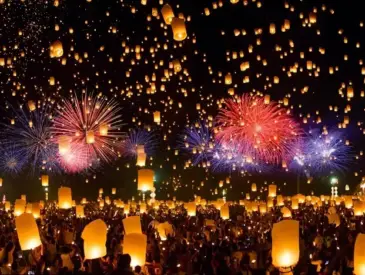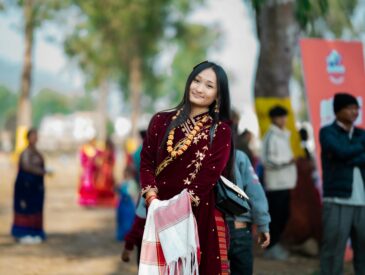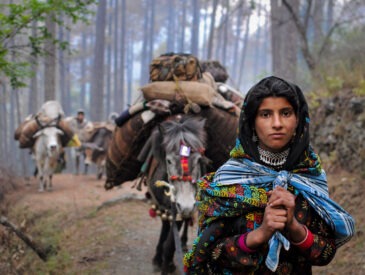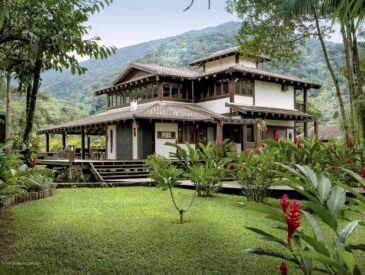Nepal, a land of diverse cultures and ethnicities, is known for its vibrant and colorful celebrations. Nepali festivals are more than just occasions; they are a deep reflection of the country’s cultural identity and heritage. These festivals bring communities together, reinforcing bonds and passing down traditions from generation to generation. In this blog, we will explore some of the most significant Nepali festivals that define the culture and spirit of Nepal.
Dashain: The Grandest of All Nepali Festivals
Dashain is the biggest and most widely celebrated of all Nepali festivals. This festival marks the victory of good over evil and is celebrated over fifteen days. Families gather to honor the goddess Durga, and rituals include offerings, feasts, and the flying of kites. Dashain is a time for family reunions, new clothes, and blessings from elders. It’s a festival that unites the nation in its joyous celebrations.
Tihar: The Festival of Lights in Nepali Festivals
Tihar, also known as Deepawali, is one of the most beautiful Nepali festivals. It is celebrated with lights, colors, and reverence for animals. Over five days, Nepalis worship crows, dogs, cows, and the goddess Laxmi, the goddess of wealth. Houses are decorated with oil lamps and rangoli, and the festival culminates in Bhai Tika, where sisters bless their brothers for long life and prosperity. Tihar illuminates not just homes but also the hearts of the people, making it a cherished celebration in Nepal.
Holi: The Colorful Celebration in Nepali Festivals
Holi, the festival of colors, is one of the most joyous Nepali festivals. Celebrated in March, Holi marks the arrival of spring and the victory of good over evil. People throw colored powders at each other, dance, and sing in the streets, making it a vibrant and lively festival. Holi is not just about color; it’s about community, friendship, and the spirit of togetherness.
Teej: The Women’s Festival in Nepali Festivals
Teej is one of the most significant Nepali festivals for women. Celebrated by Hindu women, Teej is a time of fasting, prayers, and devotion to Lord Shiva. Women dress in red saris, dance, and sing traditional songs while praying for the well-being of their husbands and families. Teej is a powerful expression of womanhood and solidarity among Nepali women, making it a unique and important celebration.
Maghe Sankranti: Welcoming the Sun in Nepali Festivals
Maghe Sankranti, one of the major Nepali festivals, marks the winter solstice and the return of longer days. It is celebrated with rituals that honor the sun god, and people take holy baths in rivers, especially in the Terai region. Traditional foods like sesame seeds, molasses, and yam are eaten to bring good health and prosperity. Maghe Sankranti is a festival that celebrates the sun’s life-giving energy and is a symbol of hope and renewal.
Buddha Jayanti: Celebrating the Birth of Buddha in Nepali Festivals
Buddha Jayanti is one of the most revered Nepali festivals for Buddhists. It commemorates the birth, enlightenment, and death of Lord Buddha. Celebrations take place in Lumbini, the birthplace of Buddha, and across various Buddhist sites in Nepal. Pilgrims gather to offer prayers, light butter lamps, and meditate. Buddha Jayanti is a time for spiritual reflection and a reminder of the teachings of compassion and peace.
Conclusion
Nepali festivals are a vibrant expression of the country’s rich cultural heritage. Each festival carries deep meaning and significance, reflecting the values, traditions, and beliefs of the people. From the grandeur of Dashain to the lights of Tihar, the colors of Holi, and the devotion of Teej, these celebrations define the cultural fabric of Nepal. By understanding and participating in these festivals, one gains a deeper appreciation of the unity and diversity that makes Nepal truly unique.

